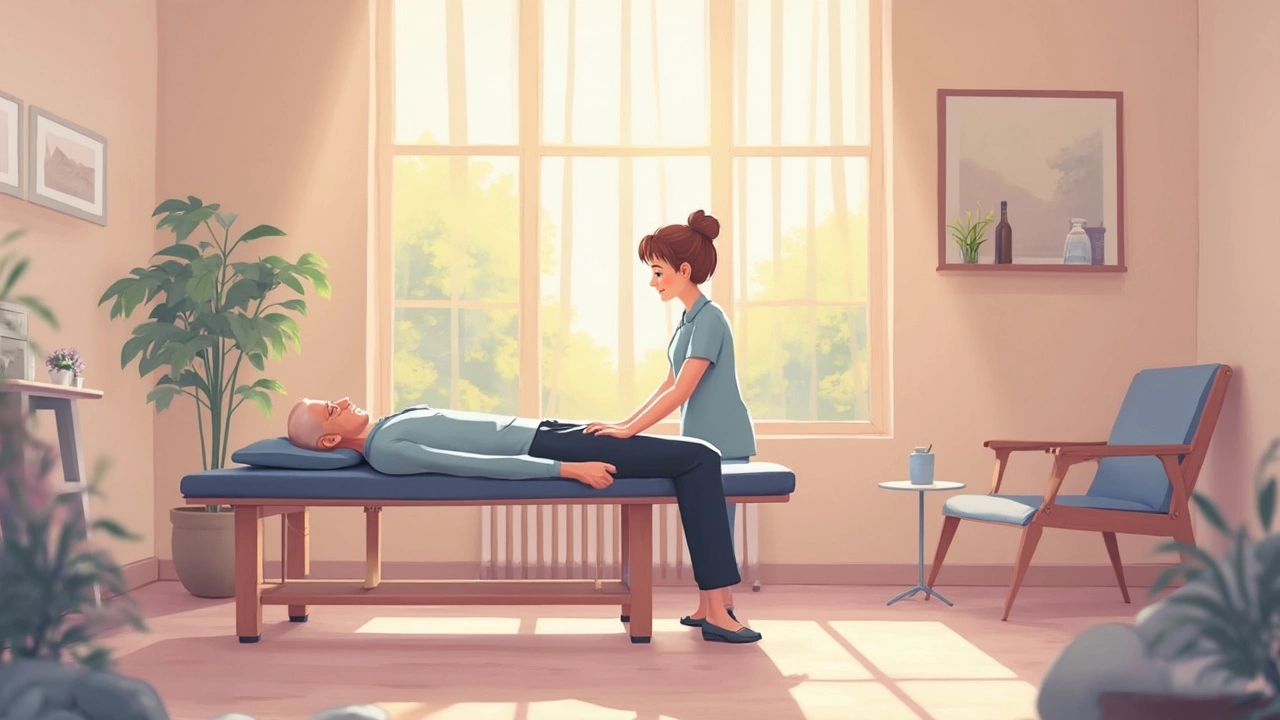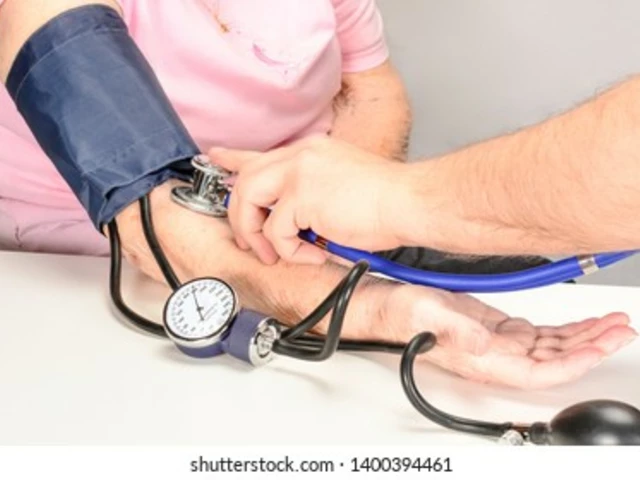Physical therapy: practical rehab, exercises & recovery tips
Back pain, stiffness after surgery, or trouble getting up from a chair — physical therapy often helps more than people expect. This tag collects clear guides, hands-on tips, and safe home moves to help you move better and manage pain without jargon.
How physical therapy helps
Physical therapy focuses on restoring movement, reducing pain, and preventing setbacks. A therapist will assess how you move, find weak links (like tight hips or a weak core), then build a plan that uses targeted exercises, manual therapy, and movement training. The goal is simple: make everyday tasks easier — walking, bending, lifting — and cut down reliance on pain meds or unnecessary procedures.
Therapists use measurable goals: walk farther, climb stairs without pain, or return to a sport. Progress is tracked so you know what’s working. Many people avoid surgery or reduce medication while improving strength and balance with a tailored PT plan.
Simple home moves to start today
Here are five easy exercises many therapists recommend. Do them slowly, 1–2 times a day, and stop if something causes sharp pain.
1) Glute bridge — Lie on your back with knees bent, feet hip-width. Squeeze your glutes and lift hips until body is straight from shoulders to knees. Hold 2 seconds, lower. 10–15 reps. Builds hip and low-back support.
2) Cat–cow stretch — On hands and knees, arch your back up (cat) then drop your belly and lift your head (cow). Move with your breath for 8–12 rounds. Helps spinal mobility and eases stiffness.
3) Shoulder blade squeezes — Sit tall and pinch shoulder blades together for 5 seconds, relax. 10–15 reps. Good for posture and shoulder pain linked to slouching.
4) Calf stretch on a step — Stand on a step with heels hanging. Lower heels slowly until you feel a stretch, then lift. 10 reps. Helps ankle and calf flexibility for walking and balance.
5) Single-leg balance — Stand next to a chair, lift one foot off the ground and hold 20–30 seconds. Repeat 3 times each side. Improves balance and cuts fall risk.
If you’re returning from surgery or recovering from injury, these moves are starters, not a full program. A therapist will progress the difficulty safely.
When should you see a physical therapist? If pain lasts more than a few weeks, if daily activities feel harder, after an operation, or if you have frequent falls, consult a PT. Early care often speeds recovery and prevents chronic problems.
How to choose a good therapist: look for a licensed physical therapist (PT or DPT), ask about experience with your condition, check if they use exercise-based plans rather than passive treatments only, and confirm insurance or self-pay options. Expect an initial evaluation that measures movement, strength, and function, followed by clear goals and a home plan.
Browse the articles under this tag for condition-specific guides, recovery tips, and safe medication info that connects to rehab plans. If you’re unsure about an exercise or have new symptoms, get checked — small changes now save time and pain later.

Physical Therapy's Role in Easing Bladder Issues and Urinary Incontinence
Physical therapy can be a game-changer for those dealing with bladder issues and urinary incontinence, offering non-invasive techniques to manage and improve symptoms. This approach strengthens pelvic muscles, enhances bladder control, and improves the overall quality of life. The therapy involves tailored exercises and lifestyle modifications under professional guidance. Many find relief and regain confidence through these personalized treatment plans, often reducing or even eliminating symptoms over time.
Detail




